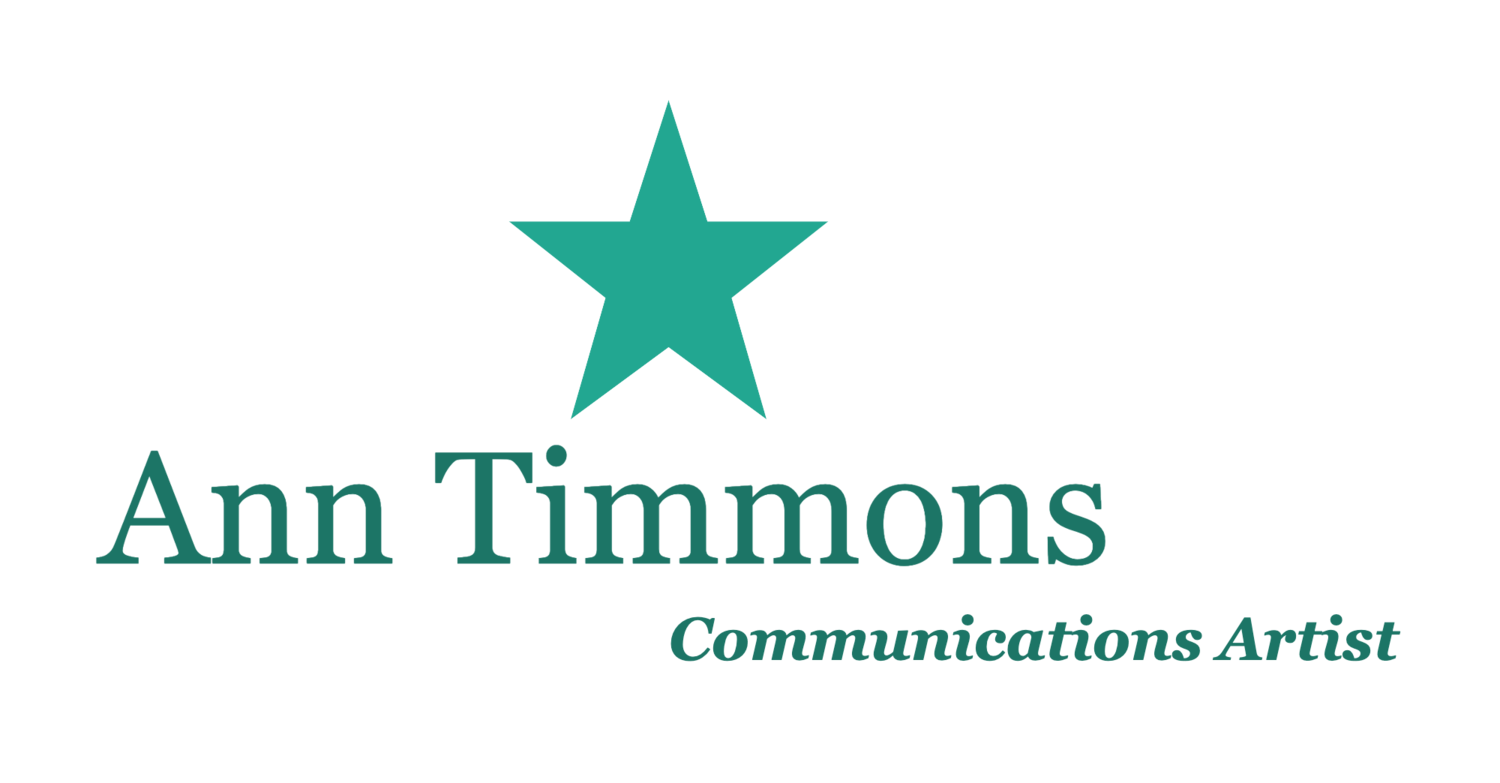Playwrights don't often make news, and when one does, the rest of us hope it is something worth celebrating. This week, I, for one, was angered by the cowardice of a fellow practitioner who made us all look like liars and cheats.
This American Life, a weekly public radio show that I love, devoted a whole episode this week to exposing and explaining the errors in its previously most-downloaded show. That show aired in January of this year. It was an interview host Ira Glass had with writer and monologuist Mike Daisey about his extremely successful one-man show, The Agony and the Ecstasy of Steve Jobs. Coincidentally, Mr. Daisey's monologue closed today at the Public Theatre in New York, where it had been running since October 17th.
The show, as I understand it (I have not seen it) deals with the tension between Americans' growing dependence on everything Apple, and the harmful, abusive working conditions at Apple factories in China. Mr. Daisey, whom The New York Times called “one of the finest solo performers of his generation” is not a journalist. However, he presents his onstage story as something that really happened, and much of the power his story holds for audience members is because they believe he is revealing Truth (see opening night NYTimes review). But his script does not square with the facts.
This week, in his extraordinary interview, Ira Glass takes Mr. Daisey to task for passing his show, this piece of imagination, off as true. Mr. Glass rightfully feels duped, since he and his This American Life staff went out on a limb and vouched for it as such. Mr. Daisey's defense (this is really what makes me mad): ''Well, I don’t know that I would say in a theatrical context that it isn’t true. I believe that when I perform it in a theatrical context in the theater that when people hear the story in those terms that we have different languages for what the truth means."
Puh-leaze!!! Even in the "context of theatre'' this guy is lying!
I write plays. I write plays based on fact, on history. And yes, sometimes you have to conflate a small detail or two, or make up a character to serve your needs. I can see the temptation, after all... you can't footnote a play, so how scrupulous do you really need to be with your facts?
You need to be very scrupulous. You need to have integrity. Honesty. Artists aren't liars; they interpret the truth. They shape it and create a new way of looking at it. So people will really see it, and come to an understanding of themselves, of each other. If they need to create a world out of whole cloth to do so, there is no shame in that. Sometimes it is even easier to set a play in a fictional world than the real one. But you can't have it both ways and still be an artist with integrity. You can't play fast-and-loose with facts and then cry "artistic license" when you are called on bogus fabrications. Even if -- no, especially if -- you are successful, you have an obligation to readers, viewers and other audiences to either tell the truth or signal that not everything in the story is exactly as it seems. Other playwrights do it all the time; it is not hard.
Mike Daisey took a good long drive down the road to success. But he didn't play by the rules, and his artistic license has expired.


